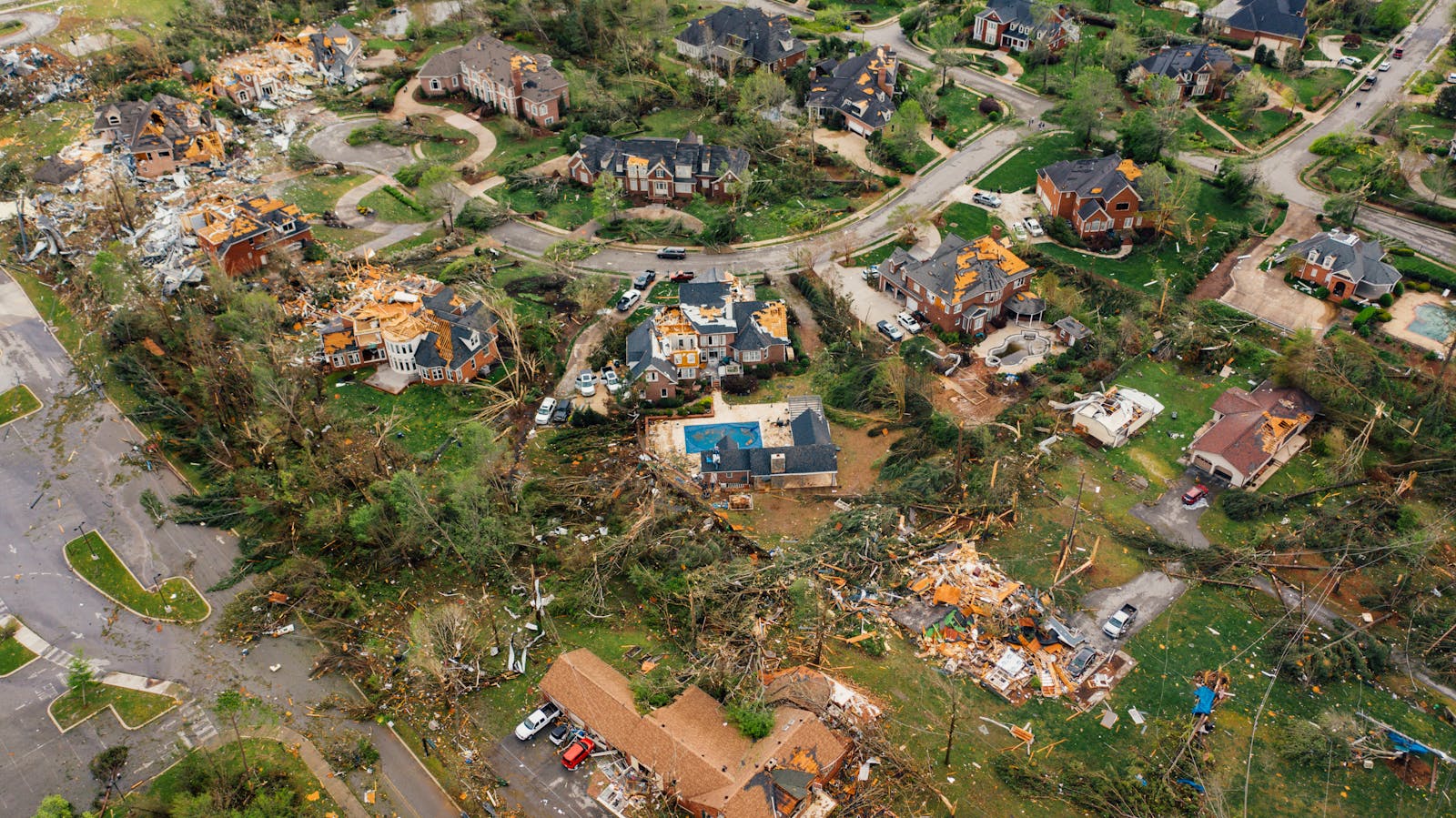Tropical Cyclones Are An Overlooked Public Health Crisis, Study Finds

Tracking hurricane deaths is difficult work. Differentiating between a storm-related death and a natural death is a complex process in disaster epidemiology, made all the more difficult when communications are disrupted and infrastructure is impaired. Accurate reporting has been notoriously difficult in the wake of Hurricane Helene, with the Buncombe County Sheriff’s Office reporting on Tuesday that it had overcounted storm-related deaths by 30 due to communication errors.
Going green? The 25 Best Cities For Sustainable Construction
Worst hurricane ever? How Helene And Milton Rank Among The Fastest Wind Speeds Ever Recorded
Finding the true death toll of a hurricane, through both direct and indirect deaths, is another matter altogether. In a paper published in Nature earlier this month, researchers attempted to quantify the total long-run impact of hurricanes on human mortality, analyzing 501 storms that hit the contiguous United States from 1930 to 2015.
Researchers estimated the excess mortality burden for all 501 storms. In their methodology, excess deaths represent the difference between an observed death count and an expected death count based on statistical normals and historical data. The approach is meant to quantify the indirect downstream impacts of a disastrous event, such as economic disruptions, displacement, and reduced access to healthcare.
While government statistics report an average of 24 immediate deaths per tropical cyclone, researchers found that, on average, tropical cyclones generate between 7,000 and 11,000 excess deaths per event, with downstream impacts continuing to have mortality effects up to 15 years after landfall. The study estimates that between 3.2% and 5.1% of all deaths along the U.S. Atlantic coast are attributable to the direct and indirect effects of tropical cyclones, which disproportionately impact vulnerable populations like infants, young adults, and minority communities.
Estimating between 3.6 million and 5.7 million excess deaths due to tropical cyclones from 1930 to 2015 in total, the startling study situates hurricanes alongside other public health crises like motor vehicle accidents and self-harm as leading causes of death in the United States.
One interesting finding is that populations generally adapt to disasters over time, reducing their vulnerability to downstream mortality impacts. At the state level, the mortality impact of similar tropical cyclone events is around 2.8 times greater in regions where storms are uncommon compared to regions where hurricanes are a regular occurrence. Conversely, places that are the least prepared for large storms face the greatest mortality risk when a major extreme weather event strikes. And as we are seeing in Asheville and other cities devastated by Hurricane Helene, once-rare extreme weather events are becoming more common, and the need for improved disaster planning all the greater.
Sponsor
Find a Vetted Financial Advisor
- Finding a fiduciary financial advisor doesn't have to be hard. SmartAsset's free tool matches you with up to 3 financial advisors that serve your area in 5 minutes.
- Each advisor has been vetted by SmartAsset and is held to a fiduciary standard to act in your best interests. Get on the path toward achieving your financial goals!






